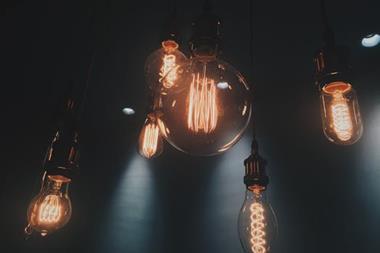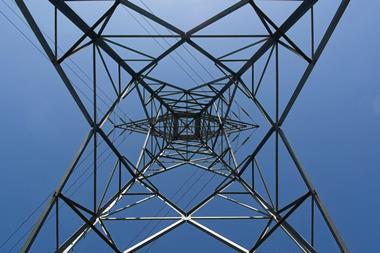Copenhagen Infrastructure Partners (CIP) is proposing to build an artificial island dedicated to large-scale production of green hydrogen from offshore wind to meet 7% of Europe’s need for hydrogen fuel in 2030.
Thomas Dalsgaard, partner at CIP, said: “The Danish, German, Dutch, and Belgian ambitions for the North Sea show the rest of the world how the green transition can be turbocharged if you dare to think big, internationally and in integrated systems.”
On Wednesday, a summit hosted by the Danish government in Esbjerg resulted in the Dutch, German, Belgian and Danish heads of state and government, along with European Commission President Ursula von der Leyen, making a declaration on the North Sea as “a Green Power Plant of Europe”
Combined targets for large-scale onshore and offshore production of green hydrogen were set at 20GW capacity by 2030, the leaders said in the Esbjerg Declaration, adding that they were looking to expand their production of the fuel even further by 2050.
Dalsgaard said green energy would be harvested on a large scale-out at sea, tied together by energy islands, converted into green hydrogen, and transported across borders via offshore hydrogen infrastructure.
“The opportunities are significant, and the Danish BrintØ is the first step in that direction,” he said.
The proposed island, called BrintØ (Hydrogen Island), is to be located on the Danish part of Dogger Bank - an area expected to become a central hub for the future build-out of offshore energy infrastructure in the North Sea, CIP said.
With BrintØ, the firm said, Denmark had a unique opportunity to secure a strategic role in relation to the expected development of a broad network of offshore infrastructure, spanning from energy islands to power cables and hydrogen pipelines, across the North Sea’s territorial boundaries.
The island is expected to be able to be in production by 2030, and is to be connected to 10GW offshore wind, which will primarily be used to produce green hydrogen via Power-to-X, CIP said.
It will be able to produce about a million tons of green hydrogen a year when fully built out, corresponding to around 7% of the EU’s expected hydrogen consumption in 2030, the firm said.
To read the digital edition of the latest IPE Real Assets magazine click here.














